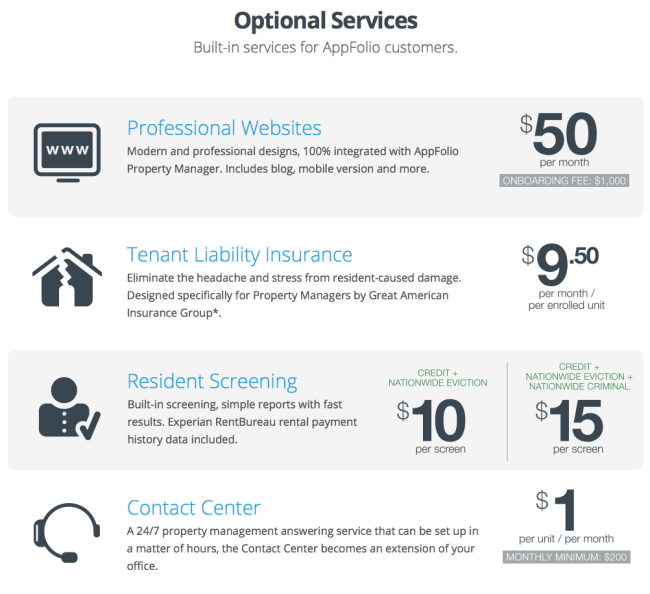|
Getting your Trinity Audio player ready...
|
There’s an obscene amount of money in the SaaS world.
Like, a crazy amount.
By 2018, worldwide SaaS revenue will be around $50.8 billion.
That’s billions of dollars.
That kind of money doesn’t just fall from the sky. Instead, it is driven by a strong inside sales focus.
How much of those billions of dollars do you want?
We’re not going to cover inside sales here, but instead start you off where you need to begin:
Your pricing strategy.
Before you go all in with a sales team, if your pricing isn’t right, any growth will likely kill your business.
Sales lead to growth, which leads to expansions and operational changes.
Without revenue to mitigate big changes, your cute little growing SaaS business will crumble under the weight of all that cash you’re hauling in.
So, we’re going to look at pricing strategy analysis, and specifically comparative value pricing, best practice pricing display, and what is working for the most unique and successful SaaS companies.
We’ll start with a quick primer on value-based pricing and then look at some examples.
The Key To Profitable SaaS Pricing Is A Value-Based Model
Striking a balance in what you offer (features) and what you charge can be tricky.
You might “bundle” features into various configurations and have different pricing tiers and plans. This is most common.
However, some companies “unbundle” their product and end up offering a range of features that appeals to several different customer segments.
If you do this, you must clearly convey your reasons for breaking up your product or customers will move on to someone else.
The pricing complexity that often confuses customers is due to an emphasis on developing way too many unnecessary features that don’t justify the price.
Now, value-based pricing requires you to focus on how you can combine the right features to meet the needs of your ideal customers, but it cuts out any complexity.
When creating a simple, appealing pricing strategy, start by developing a valuable solution while correctly quantifying the value to the customer.
What you need to charge to run a profitable SaaS business is critical to know. But you also need to align this with market demand.
(A more advanced strategy for branding could help you charge 3x what competitors do, but that’s for another post.)
Of course, make sure that your price points will enhance your bottom line, but still fall within what customers are willing to pay.
To be honest, pricing is a process, so let’s look at four of the first steps to identify the right price.
Step 1: Understand the buying behavior of your target market and customers
This is critical. You have to truly understand your buyer’s persona and their purchasing behavior.
What are they used to paying?
What are they paying for — and how much?
Do they prefer monthly payments? Annual?
Step 2: Quantify the value your software provides your target customers
You have to know, as exactly as you can, what features of your product will have the most impact on your customer’s pain points.
When dealing with a SaaS product, it’s important to determine how your service will enhance or improve your customer’s business.
For example, will it save them money or time?
Will it set them apart from the competition?
Understanding your product’s value produces data that makes it easier to determine if you’re on the right track or if you need to head back to the drawing board.
What could you add to your product that would justify charging more?
How can you position and quantify your software for them?
Step 3: Gauge their willingness to pay through experimentation
To do this you will need to do two things:
- Research your competition and collect price data.
- Create pricing experiments for different user segments.
Yes, this means split-testing your pricing, both on the pricing page but also with existing trial users.
You won’t know what they’ll pay until you present them with a choice. People can guess and tell you what they think they’ll pay but what matters is the actions they take.
Do you run the risk of pissing some off by giving people different prices? Not necessarily.
One approach is that with the different pricing comes a different set of features (you only need to switch out 1–2 features.)
Or, give a particular customer segment a price, i.e. IT services are given a pricing plan with a price, just for them.
Step 4: Determine the operational costs it takes to deliver value
You also need to look at the cost of doing business.
And if you’re intending on continually delivering value to your customers, you need to understand what that will cost you, too.
A lot of SaaS companies “fail” at this.
To some, $10/month sounds reasonable, but it probably won’t cover much of your expenses, let alone over-delivering on your software.
Consider development and operational costs that go into not just maintaining your product, but also what you need to expand and grow.
And if that wasn’t enough, remember that you want to maximize profits and revenue.
Simply covering your costs and adding a random margin may only leave a few crumbs on the table for profit.
Now, let’s look at a few SaaS companies and their pricing.
A Few SaaS Pricing Strategies You Can Emulate
Saas Pricing Example #1: Freckle
The image below shows you Freckle’s pricing plans.

Each plan offers a free trial, but the primary plan differences are team sizes along with added-value services. The features for each plan are the same.
Pricing strategy lesson: By basing price one team size, and adding additional value that’s not directly related to the product, they’re simultaneously positioning their software as a great deal while also making sure they can cover costs of more people using their platform.
Saas Pricing Example #2: AppFolio
AppFolio is a property management service.
They’re significantly removing barriers of signing up by offering 1 simple pricing plan:

For a product that’s probably easy to making pricing confusing for, they’ve made it incredibly simple. You also get all features and pricing is, similar to Freckle’s team size, based on property units.
Worth noting is the use of up-sells further down on their pricing page:

Pricing strategy lesson: The easy pricing and up-sells are strategic. They know that potential customers are likely to not have the resources for tenant liability insurance, a website and screening residents.
They’re adding these services in a move to capitalize on this market gap. In the process, they’re making their app a no-brainer in terms of pricing, while opening the door to additional revenue.
Saas Pricing Example #3: Visual Website Optimizer
Visual Website Optimizer is an A/B testing service.
Here’s their pricing table:

They’re doing a good job making potentially complex plan-pricing easier by first splitting it up into two buckets: Standard or Enterprise.
The Enterprise plan is also positioned with a “Request a Demo” CTA, along with a phone number, “Best for” identifier and adding several more features.
Worth noting is that both types of plans do share common, most-used features of split-testing. Those on the Standard plans will not feel like they’re missing out on anything.
Pricing strategy lesson: The emphasis is on selling annual subscriptions, a move that has become increasingly popular in SaaS businesses. It helps them increase revenue upfront that can be used for re-investing in the business.
This is a smart move and one that more SaaS companies should adopt. Use your revenue and pricing strategically to help expansion and capturing market share.
To make sure they can support their software, their pricing changes with the amount of visitors you want to test on.
You can also see that they’re positioning their pricing by calling out who it’s for, in each category. This helps visitors quickly identify what they should be looking at for themselves.
Using SaaS Pricing As A Strategic Tool For Success
Pricing your SaaS is more than just doing what sounds good to you, or seems to make sense.
If you don’t price for anticipating growth, you can have all the sales in the world coming through your door but still end up with a failed business.
Why?
Because unless your sales are profitable, any increase in sales will also increase cost.
If you’re charging $20/month but a new user is costing you close to $18, you don’t stand a chance.
Most SaaS companies fail to consider the cost of doing business, operations, support, staff and all the other common business expenses.
And they don’t price accordingly.
Other SaaS companies have a decent pricing model, but they’re not leveraging revenue potential to the fullest by offering plans based more on, say, team size, than their feature list.
Knowing your customers buying behavior, quantifying value, experimenting with pricing and having a clear understanding of operational costs will help you price your SaaS for success.
Source: Drip on Medium










